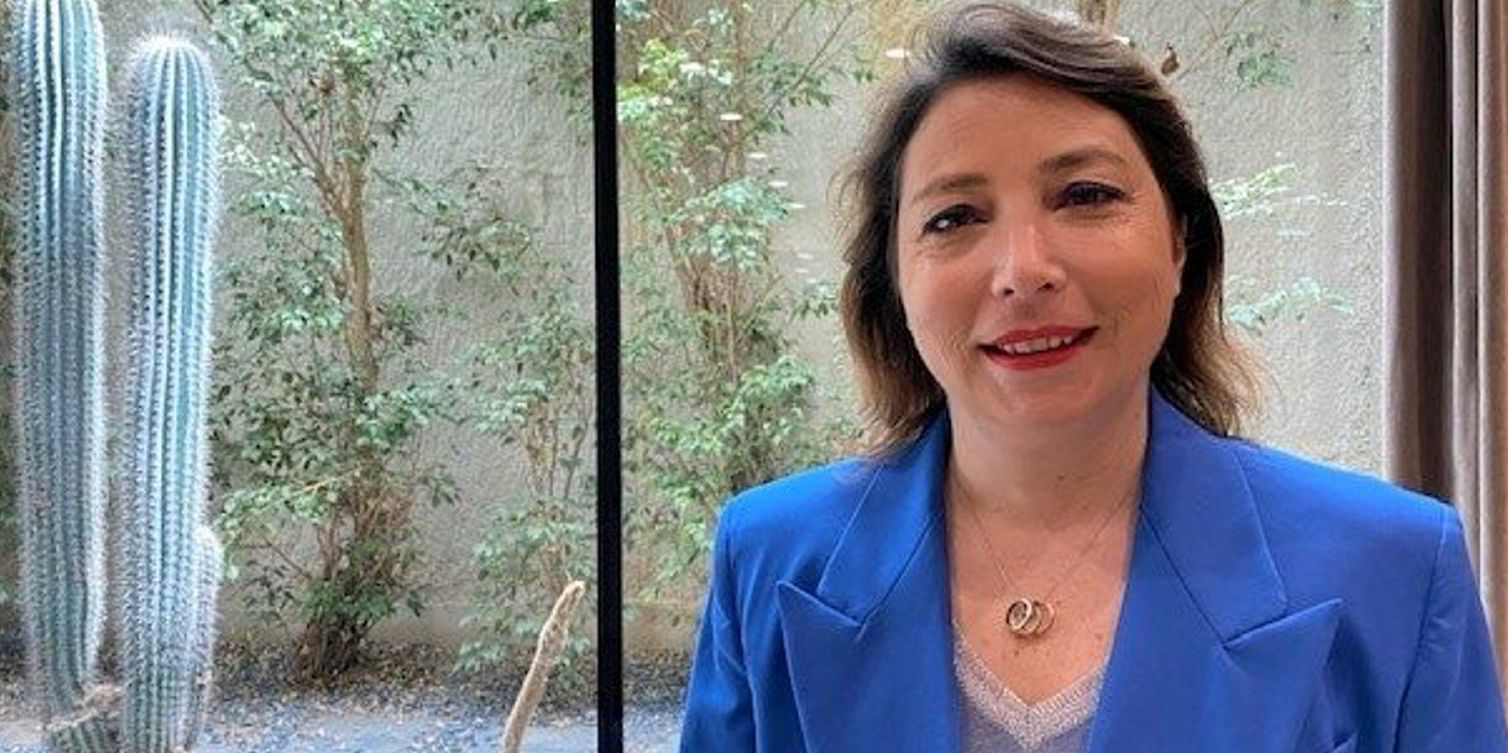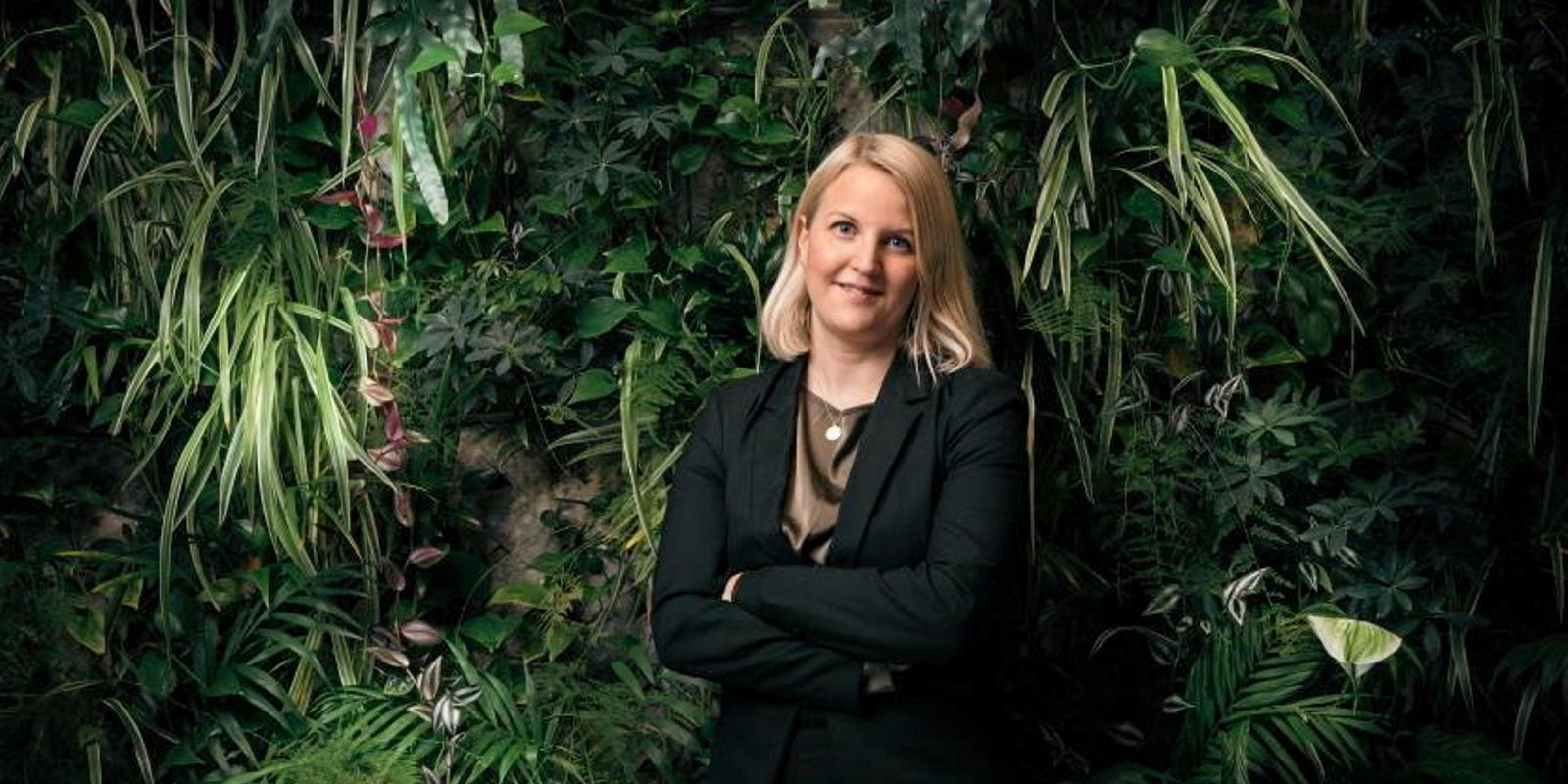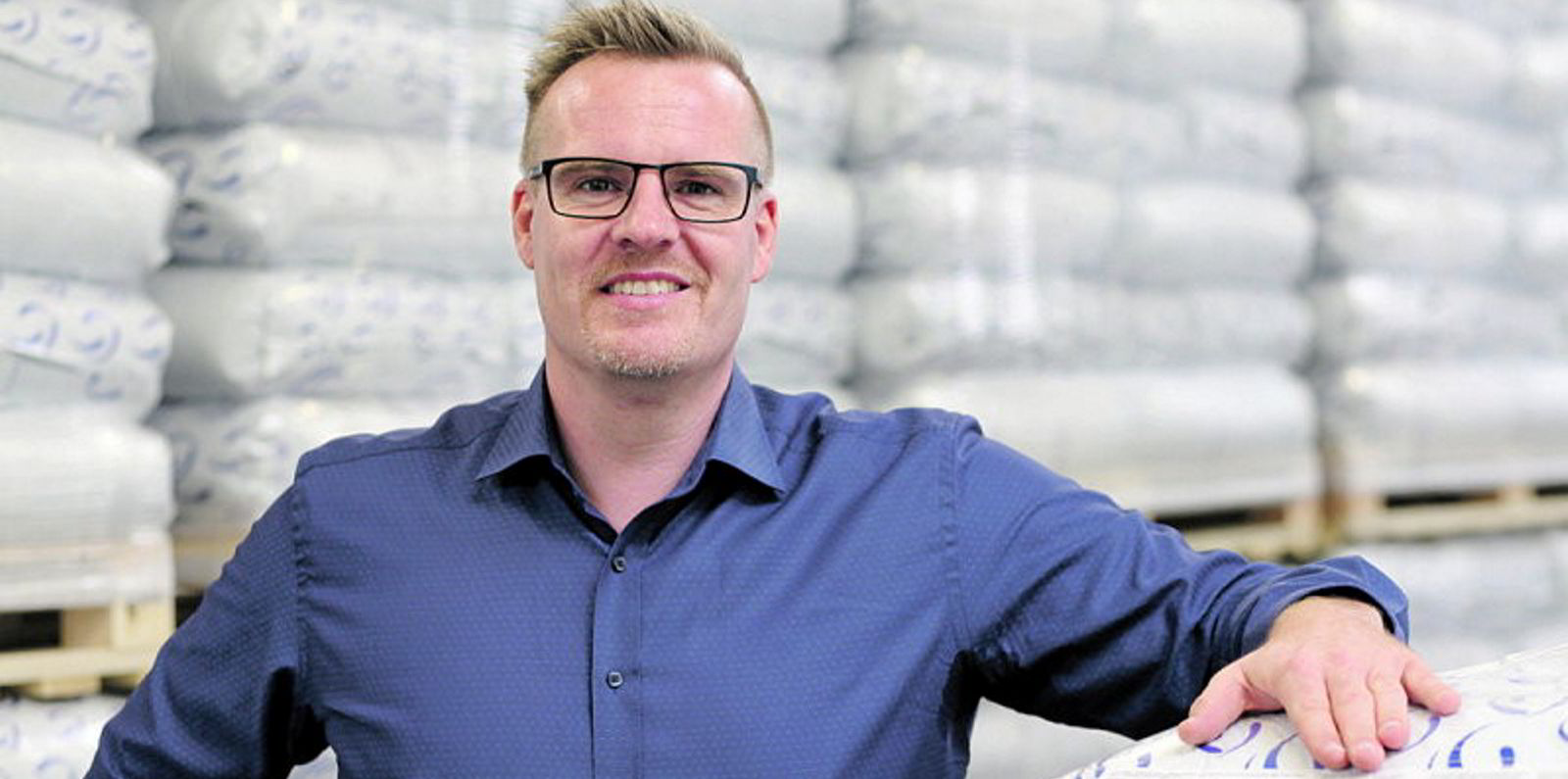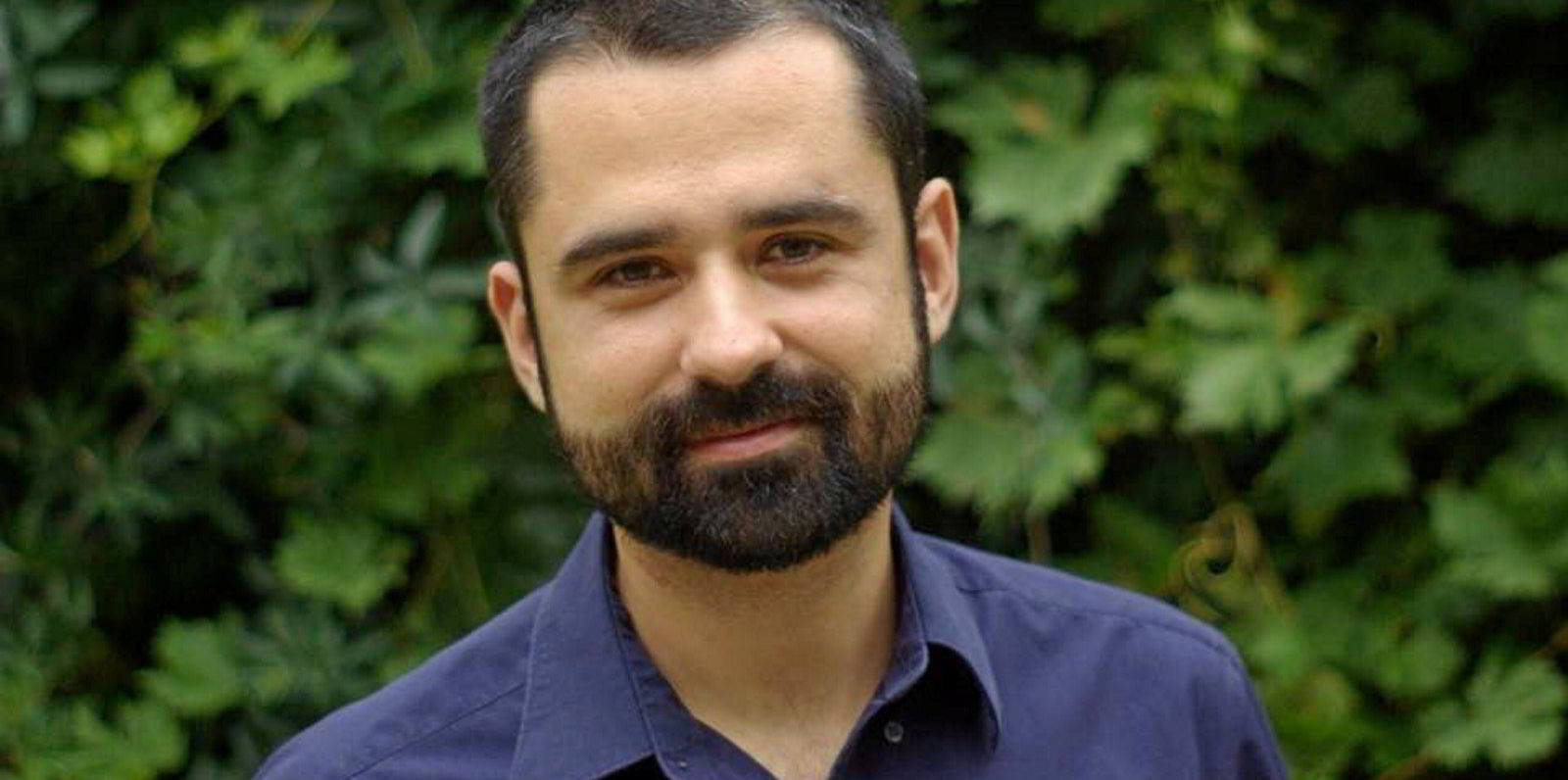The head of one of the largest aquaculture feed suppliers said her group is ready to move the needle on everything from carbon emissions to novel ingredients, despite the hurdles facing the sector.
“I’m a very practical person, and I want to see results,” Cargill Aqua Nutrition President Helene Ziv-Douki told IntraFish.
“Sustainability issues are challenging but also possible. We can make it happen, but it is complex.”
Feed makes up the vast majority of fish farmers’ carbon emissions, so companies like Cargill are under increasing pressure from customers, lenders and buyers at retail and foodservice to reduce their footprint.
Last year, Cargill launched its sustainability initiative SeaFurther to tackle several climate challenges, including deforestation and land-use. Under the strategy, the company plans to cut two billion kilograms of carbon dioxide by 2030, which is equivalent to removing 400,000 cars from the road.
In the salmon sector alone, the company plans to reduce carbon emissions in the salmon sector by 30 percent by 2030. Several customers are joining in on the initiative, including most recently Scotland’s Kames Fish Farming and Chile’s Salmones Aysen.
The program helps companies cut their carbon footprint in a realistic way, Ziv-Douki said at the IntraFish Leadership Luncheon in Barcelona last week.
However, the program requires sizeable initial investments. That means the private sector, including governments, feed and farming companies need to be play a part in making the entire value chain more sustainable, she said.
“The solutions also need to make economic sense,” Ziv-Douki said. “If it’s not economical, it’s not sustainable.”
While the initiative currently focuses on salmon only, Cargill plans to implement its strategies across other species.
The moment of scale is here
Among the factors in the greening of the feed sector are the use of alternative ingredients. While developments and implementation of alternative feed options have oftentimes been slow, there are signs that some are starting to reach a commercially viable level.
“There does need to be an element of fish in fish feed, but in terms of alternative feed, ingredients deriving from algae and insects are currently the closest we have to reach scale,” Ziv-Douki said.
For the industry to achieve what is needed, competence and resources should be put into insect and algae feed or the industry will be faced with supply constraints, she said.
“My view is that the sector should really support algae and insect feed initiatives. By doing this, we avoid the risk spreading ourselves too thinly and risk slowing down the process,” Ziv-Douki added .
Algae in particular is close to reaching industrial scale, she said.
“The moment to scale is happening, and this is good news for the industry,” Ziv-Douki added.
Read more
- 'This is a real game changer': Aquaculture feed giant Biomar launches Australia's first algal oil facility
- Cargill to include algal oil in all Norwegian fish feed
- 'Feed costs should not be the farmer's problem': Cargill Aqua Nutrition's new president eyes new price models, M&A and a bold sustainability agenda
- BioMar CEO on Russian exit: 'It was a tough decision, but it was the right decision'



